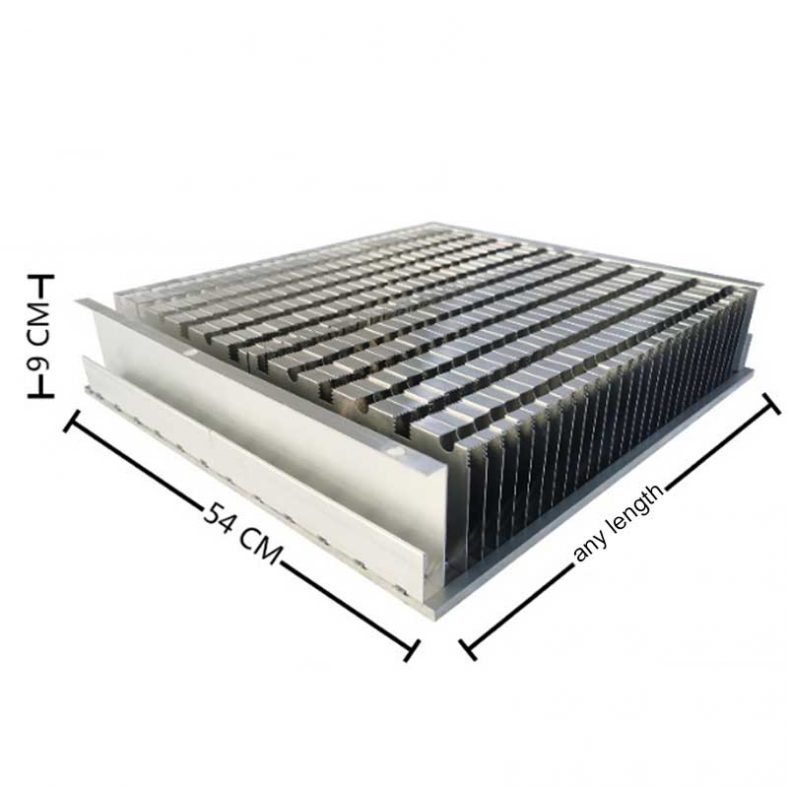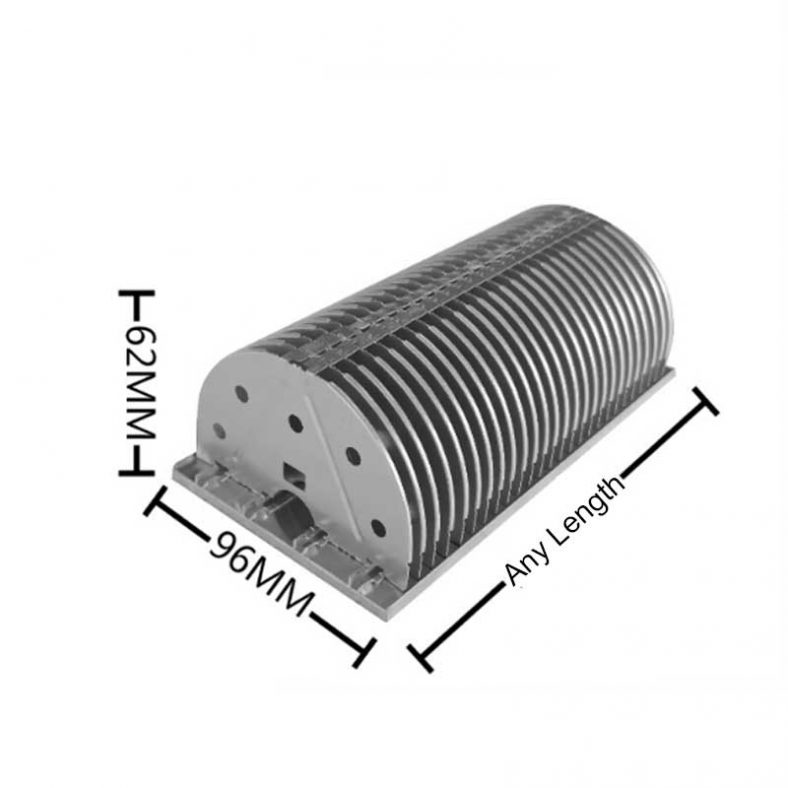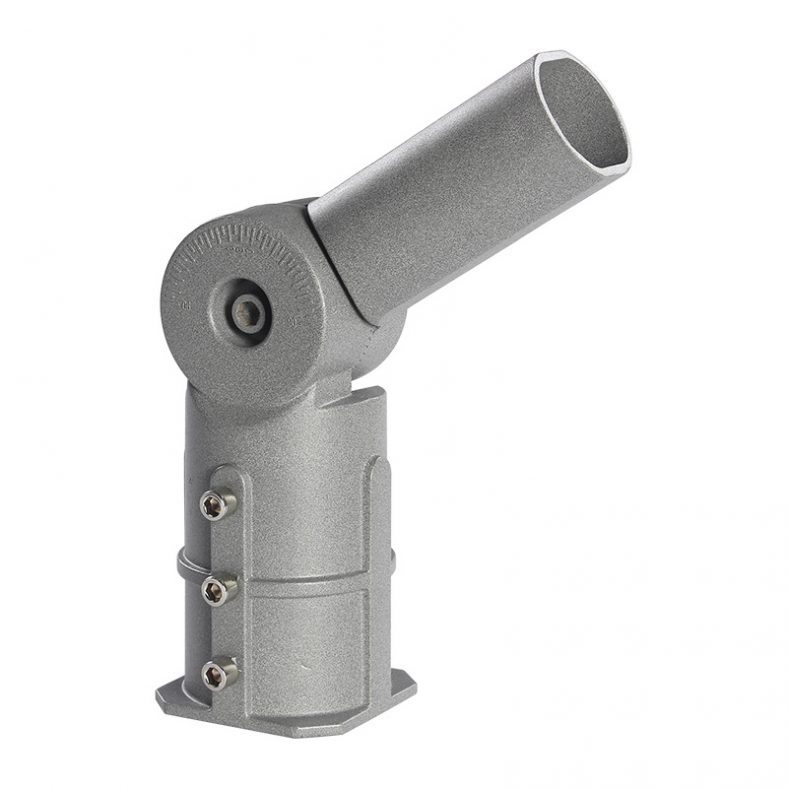
LED Flood Lights Manufacturer
LED Flood Lights to meet your every need.
As a best LED flood lights manufacturer, supplier and factory, we focus on manufacturing LED flood light over ten years. Our long production history allows us to avoid all quality problems. We strictly follow the rules and regulations of the quality certification system for each waterproof flood light production process from material, production, aging test, quality control. Due to confidence in the quality of our LED flood light, we provide 5 years warranty for led floodlights.We cooperate with well-known LED driver brands, such as MEANWELL, Philips, Moso, Sosen, etc. Philips, Nichia, Cree and Osram provide us with LED chips. Becoming our LED flood light wholesaler and distributor, you will get the best quality and best service from our LED flood lights factory.
oUTDOOR LED Flood Lights
Wandan Lighting specialist offers a wide variety of LED Flood Lights to meet your every need.
LED flood lights are a type of lighting fixture that use Light Emitting Diodes (LEDs) to produce bright, high-intensity light. These lights are designed to illuminate a wide area with powerful, energy-efficient light, making them ideal for outdoor lighting applications such as sports fields, parking lots, and building facades.The body material of the traditional IP65 flood light is made of die-cast aluminum alloy, and the surface is coated with a layer of high temperature resistant, acid and alkali resistant, and anti-aging material.
The light source of traditional exterior flood light fixtures can be evenly irradiated in all directions, and the light is emitted through the reflector mounted in the flood lamp body, and its luminous angle is from 10degree to 120 degree. The light sources of traditional floodlights outdoor generally include double-ended ceramic metal halide lamps, ceramic metal halide lamps and double-ended quartz metal halide lamps.
LED flood lights are known for their efficiency and long lifespan, making them a popular choice for commercial and industrial applications. They are also highly customizable, with a range of options available for beam angle, color temperature, and wattage. Additionally, many LED flood lights can be controlled remotely, allowing for flexible lighting control and energy savings.Outdoor LED floodlights use light-emitting diodes as the light source carrier, die-cast aluminum or 6063 aluminum as the heat dissipation medium, and drive the diode to emit light through the power supply.The light emitted from COB LED chips is emitted through the reflector, and its light emitting angle is from 10degree to 120degree.
Overall, LED flood lights offer a powerful, versatile, and energy-efficient lighting solution for a wide range of outdoor lighting needs.
Relate LED Flood Lights
Wandan Lighting specialist offers a wide variety of LED Flood Lights Lights to meet your every need.
-
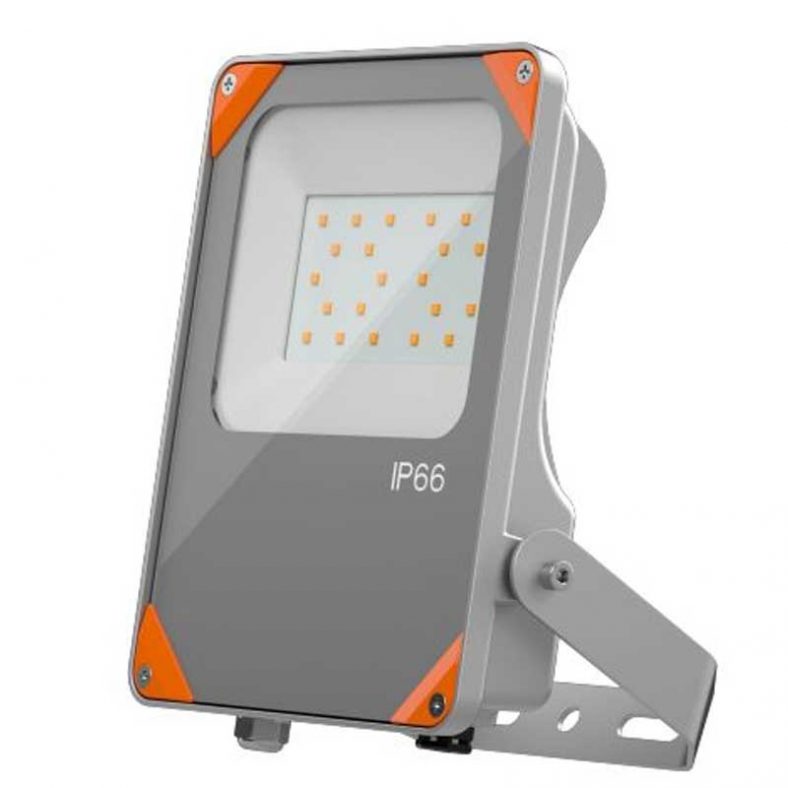
50W To 250W LED Flood Light T 100°
-
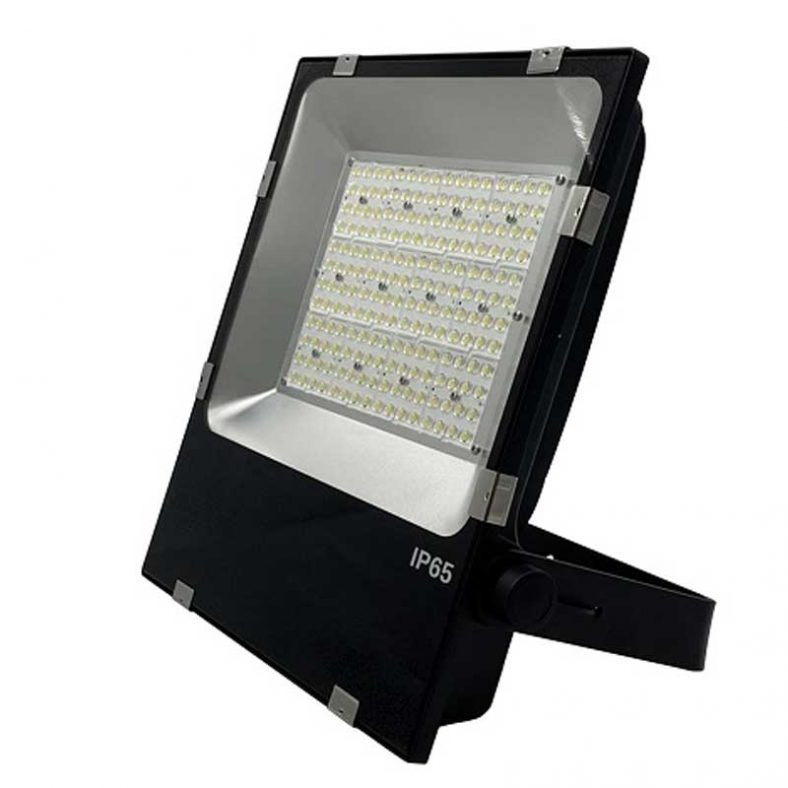
80W To 200W Symmetrical & Asymmetrical Slim LED Floodlight
-
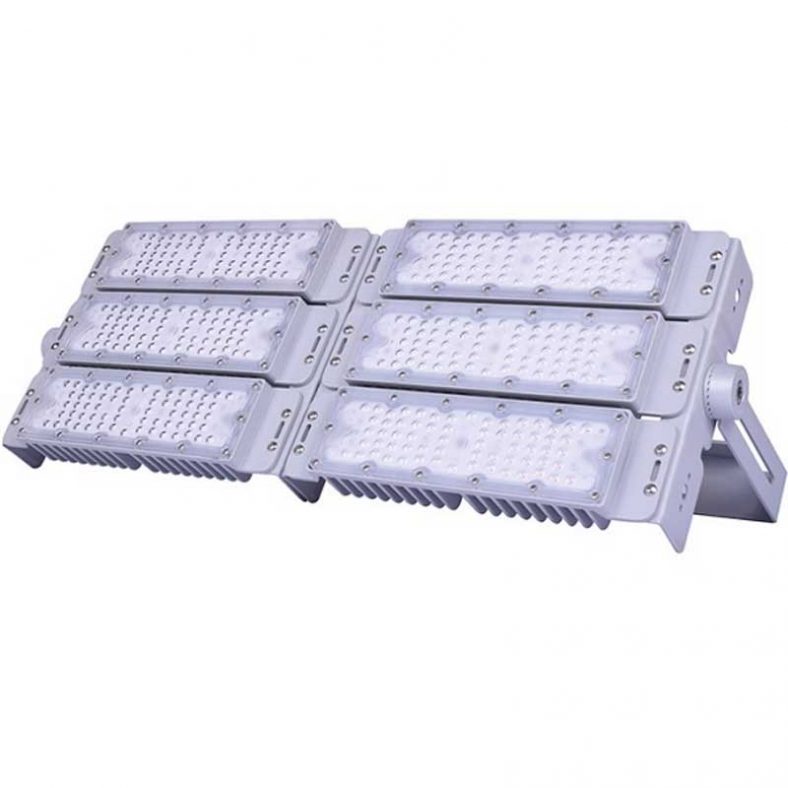
50W To 600W Modular LED Tunnel Light
-
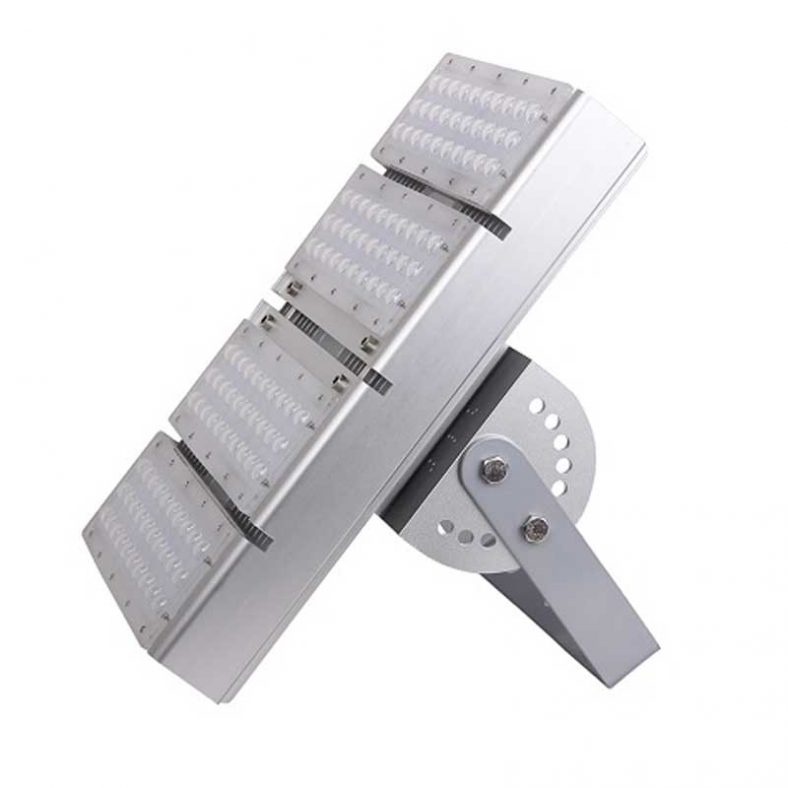
IP65 50W To 250W LED Tunnel Light With Extruded Aluminum Housing
-

50W To 400W LED Flood Light With Optical Lens
-
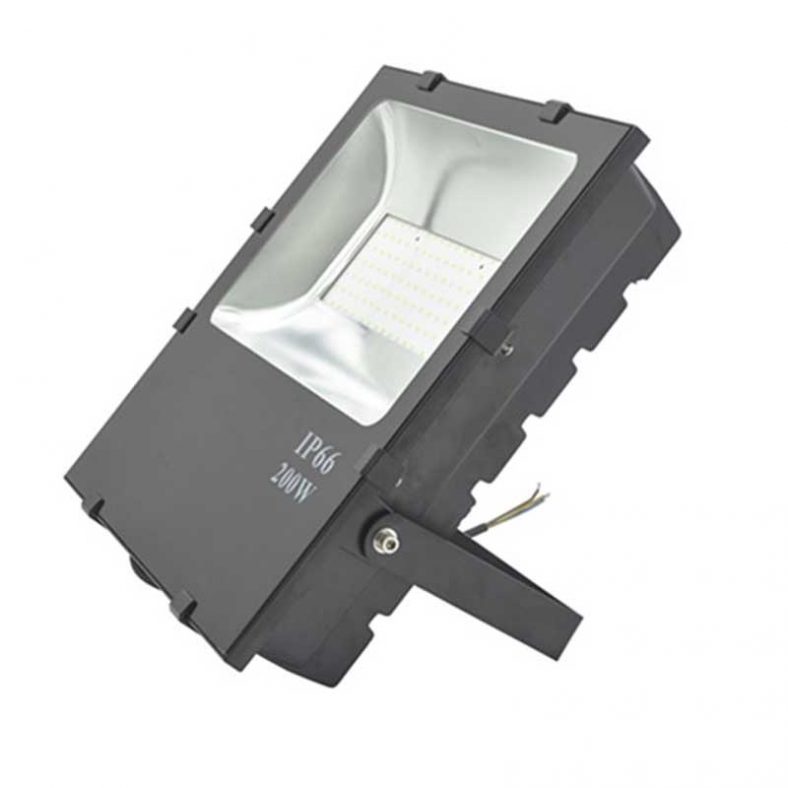
10W To 200W IP65 120° Led Flood Light
-
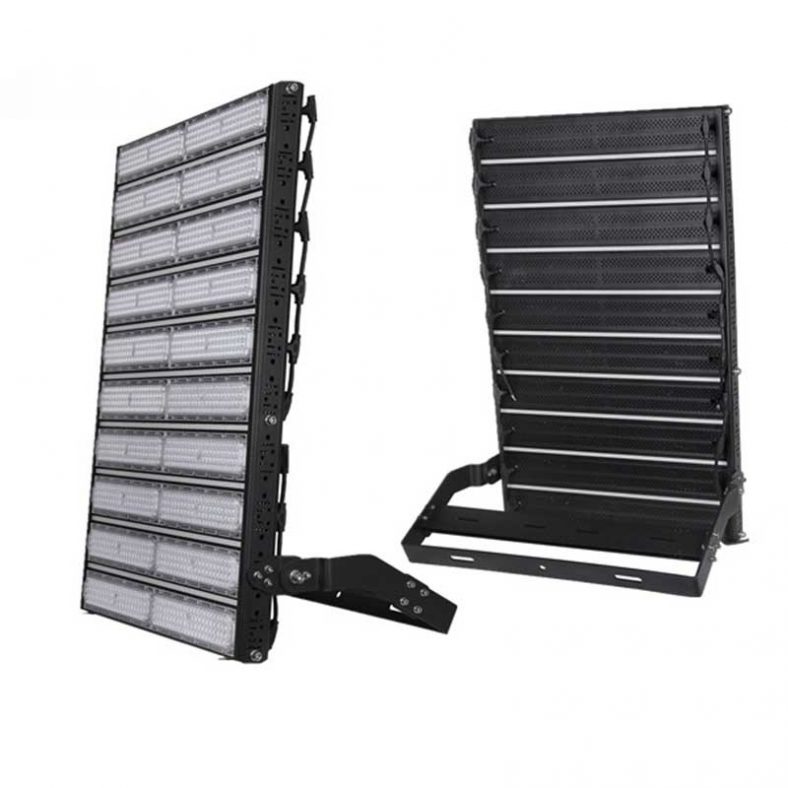
300W To 1000W 140lm~150/w LED Stadium Floodlight
-
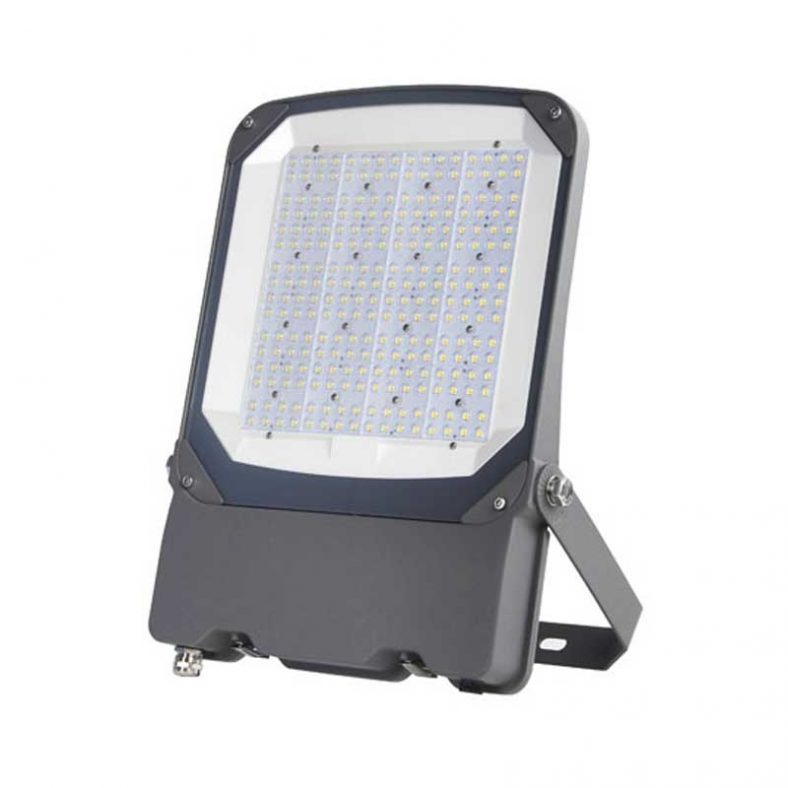
100W To 200W 140lm/w LED Flood Light
-
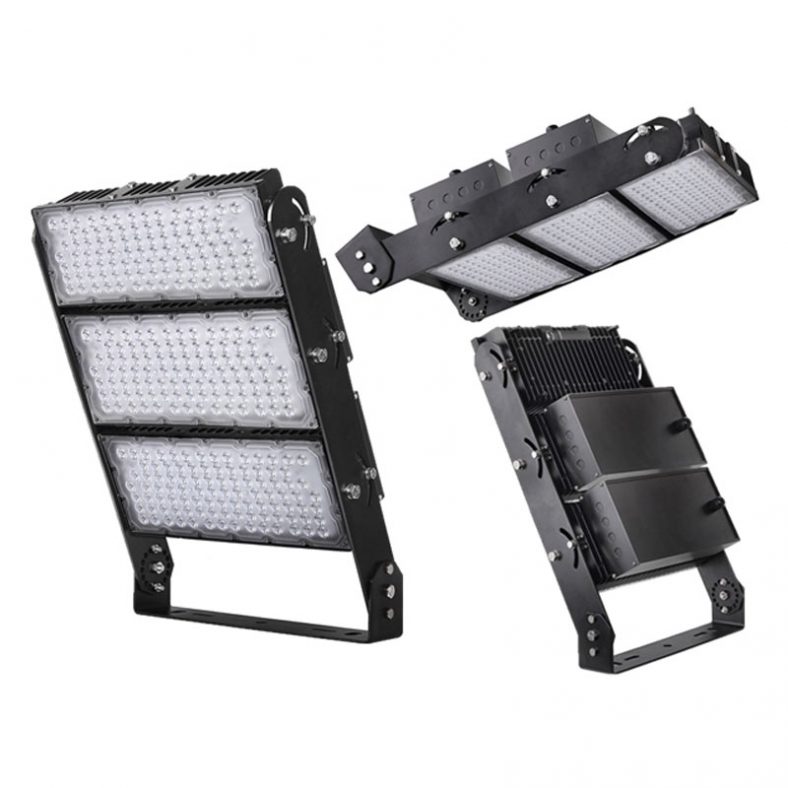
150lm/w to 180lm/w LED Stadium Light With Optical Grade PMMA Lens
-

250W Per Modular High Power LED Floodlights For Football Field
-
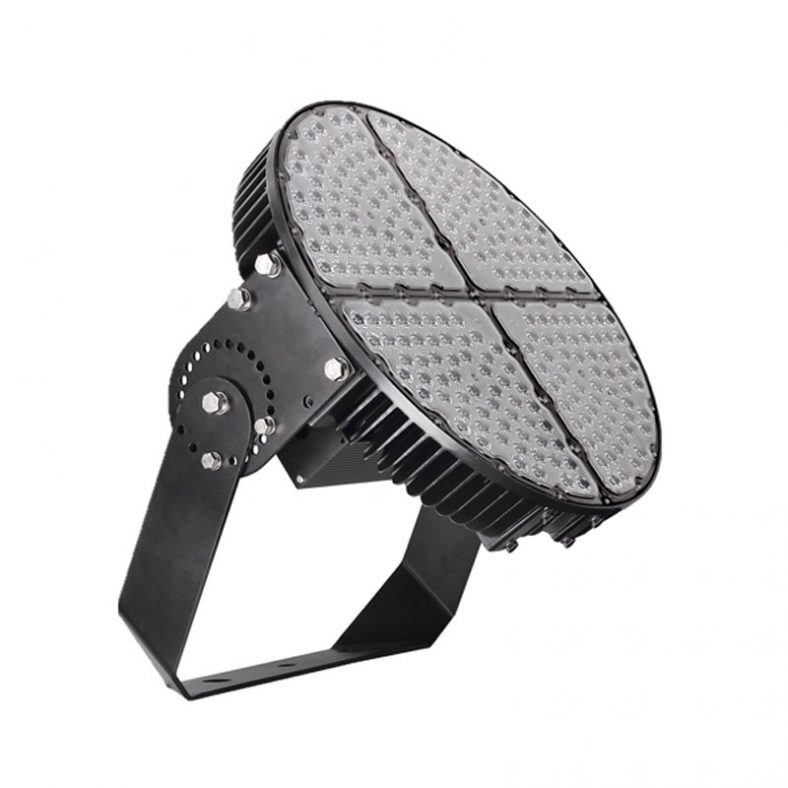
Angle Adjustable 150lm/w To 170lm/w LED Stadium Light
-

150lm/w to 160lm/w 1500W-2000W Modular Stadium Light
-
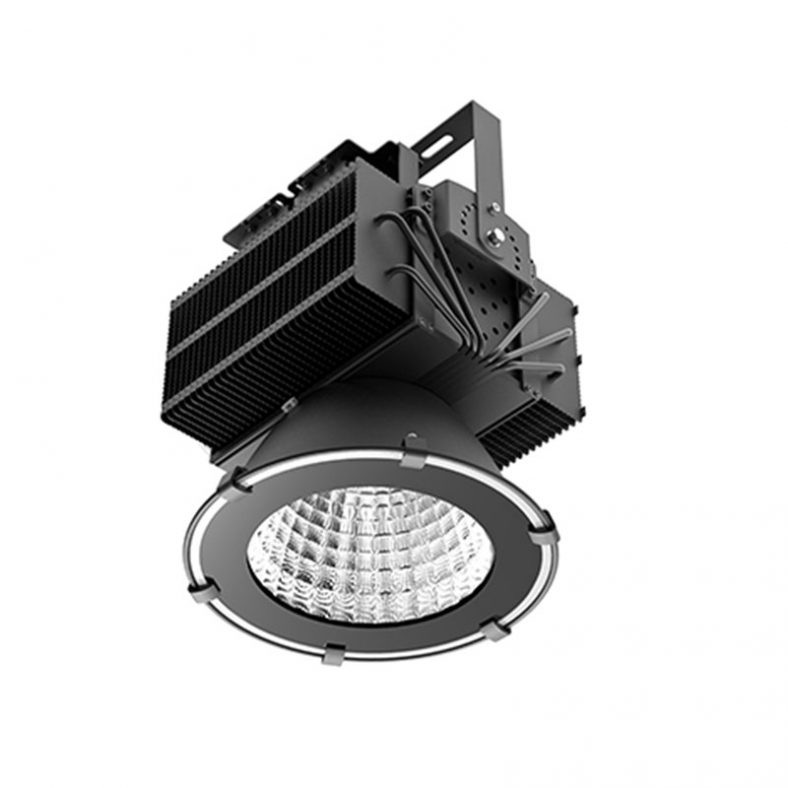
Wholesale LED Tower Chandelier With Mingwei Power Supply
-
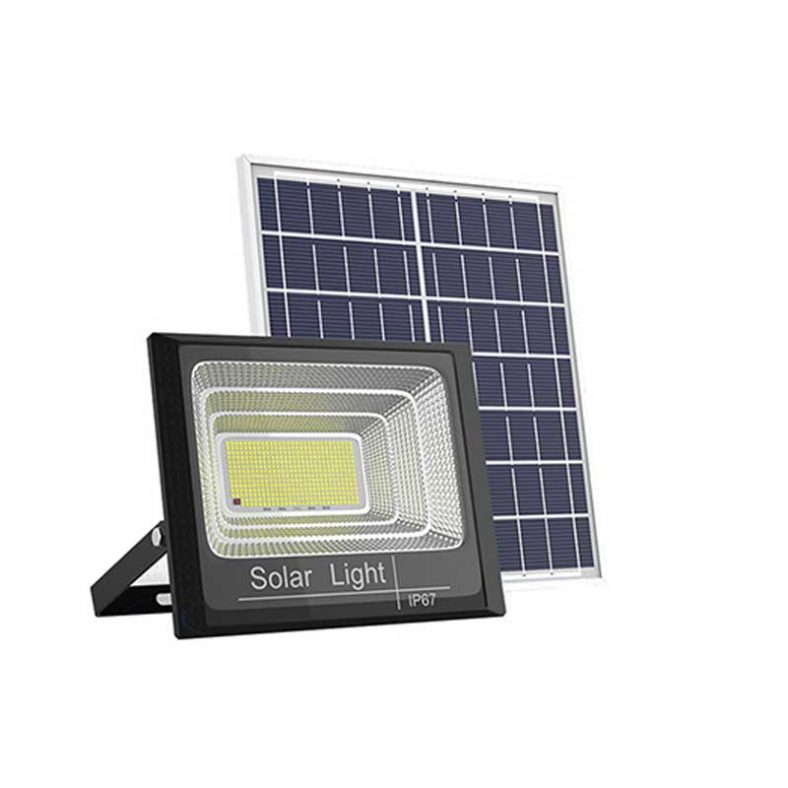
45w To 200w Solar Flood Light
-
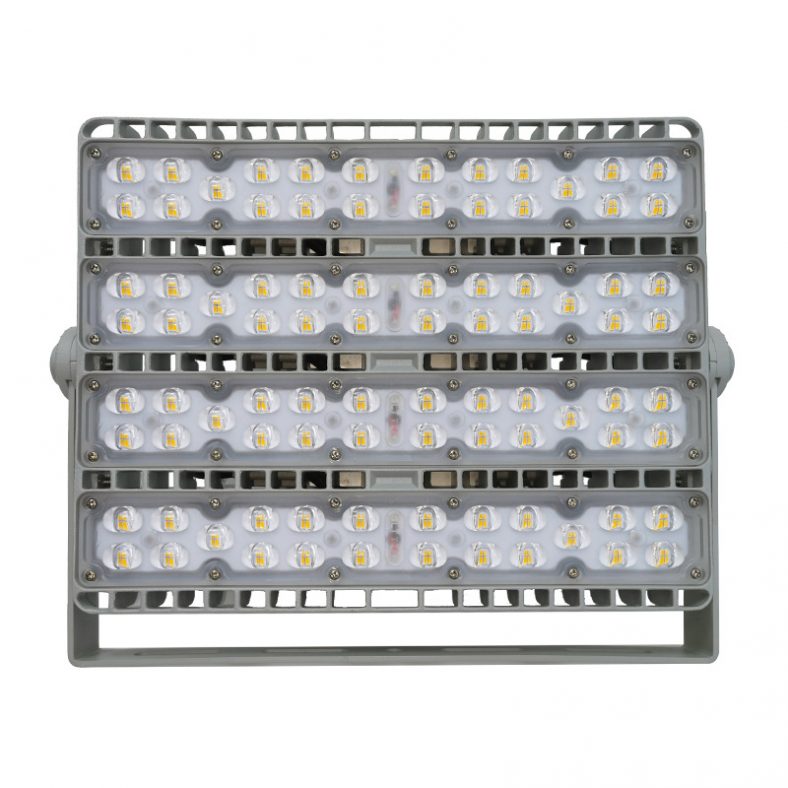
50 100 150 200W Detachable LED Tunnel Lights
LED Flood Lights Kits/Parts
Wandan Lighting specialist offers a wide variety of LED Flood Lights to meet your every need.
LED Flood Lights Buy guide
Wandan Lighting specialist offers a wide variety of LED Flood Lights to meet your every need.
There are several types of LED flood lights available, each with its own specific characteristics and intended uses. Here are some of the most common types:
- Standard LED Flood Lights: These are the most basic type of LED flood light, typically used for general outdoor lighting applications.
- RGB LED Flood Lights: These lights are capable of producing a wide range of colors, making them ideal for use in decorative lighting and stage lighting applications.
- Solar LED Flood Lights: These lights are powered by solar panels, making them a great choice for outdoor lighting in remote areas or locations where electrical power is not available.
- Motion Sensor LED Flood Lights: These lights are equipped with motion sensors that detect movement and automatically turn the lights on and off. They are often used for security lighting applications.
- High Bay LED Flood Lights: These lights are designed to provide high-intensity lighting for large indoor spaces such as warehouses and manufacturing facilities.
- Landscape LED Flood Lights: These lights are designed for use in outdoor landscape lighting applications, such as illuminating trees, shrubs, and other outdoor features.
- Portable LED Flood Lights: These lights are designed to be easily portable and can be used for outdoor activities such as camping or as temporary lighting for construction sites or events.
These are just a few of the many types of LED flood lights available. The specific type of LED flood light that is best suited for your needs will depend on factors such as the intended use, location, and lighting requirements.
LED flood lights are typically made of a combination of materials, including:
- Aluminum: The housing or body of the LED flood light is typically made of aluminum, which is lightweight, durable, and provides good heat dissipation to ensure the long life of the LED chips.
- Glass or Polycarbonate: The lens or cover of the LED flood light is usually made of glass or polycarbonate, which is tough, shatter-resistant, and provides protection against weather and impact damage.
- LED Chips: The LED chips, which are the light-emitting components of the LED flood light, are made of semiconducting materials such as gallium arsenide and gallium nitride.
- Circuit Board: The circuit board is where the electrical components of the LED flood light are mounted, including the driver, which regulates the voltage and current to the LED chips.
- Wiring and Connectors: The wiring and connectors are used to connect the LED flood light to the electrical supply and any control systems, such as dimmers or sensors.
In addition to these materials, LED flood lights may also include other components such as heat sinks, which are used to dissipate heat from the LED chips, and mounting brackets, which are used to attach the flood light to a surface or structure. The specific materials used in a particular LED flood light will depend on the manufacturer, the intended use, and the specific product specifications.
Installing an LED flood light typically involves the following steps:
- Choose the location: Select the location where you want to install the LED flood light, making sure it is suitable for the intended use and there is a power source nearby.
- Turn off the power: Before beginning the installation, turn off the power supply to the area where you will be installing the LED flood light. This can be done by switching off the circuit breaker or unplugging the power source.
- Mount the flood light: Use the mounting bracket that came with the LED flood light to attach it to a suitable surface or structure, such as a wall, ceiling, or pole. Make sure the bracket is securely fastened and level.
- Connect the wiring: Connect the wiring from the LED flood light to the power source. This will typically involve connecting the black wire to the live wire, the white wire to the neutral wire, and the green or bare wire to the ground wire. If you are unsure how to do this, consult a licensed electrician.
- Turn on the power: Once the wiring is connected, turn on the power supply to the area where you installed the LED flood light. Test the light to make sure it is working properly.
- Adjust the angle: Finally, adjust the angle of the LED flood light to ensure that it is aimed in the desired direction and covering the area you want to light.
It is important to follow all safety guidelines and local electrical codes when installing an LED flood light. If you are unsure about any aspect of the installation process, it is recommended to consult a licensed electrician or other qualified professional.
Replacing an outdoor flood light fixture can be done in the following steps:
- Turn off the power: Before you start replacing the fixture, turn off the power supply to the area where the fixture is located. This can be done by switching off the circuit breaker or unplugging the power source.
- Remove the old fixture: Use a screwdriver or pliers to remove the screws or bolts that hold the old fixture in place. Gently pull the fixture away from the mounting bracket and disconnect the wiring from the power supply.
- Prepare the new fixture: Check the new fixture to ensure it is suitable for outdoor use and that it has the same mounting bracket as the old fixture. Remove any packaging materials and make sure all the necessary parts and hardware are included.
- Connect the wiring: Follow the manufacturer’s instructions to connect the wiring from the new fixture to the power supply. This will typically involve connecting the black wire to the live wire, the white wire to the neutral wire, and the green or bare wire to the ground wire.
- Mount the new fixture: Attach the new fixture to the mounting bracket using the screws or bolts provided. Make sure the fixture is level and securely fastened.
- Test the new fixture: Turn on the power supply and test the new fixture to make sure it is working properly.
If you are unsure about any aspect of the replacement process, it is recommended to consult a licensed electrician or other qualified professional.
LED flood lights are used in a variety of outdoor lighting applications where a powerful, high-intensity light is required to illuminate a wide area. Here are some of the most common uses of LED flood lights:
- Outdoor Security Lighting: LED flood lights are often used for security lighting around buildings, parking lots, and other outdoor areas to deter criminal activity and improve visibility.
- Sports Lighting: LED flood lights are used to light up outdoor sports fields, such as football stadiums, baseball diamonds, and tennis courts.
- Landscape Lighting: LED flood lights are often used in outdoor landscaping applications, such as illuminating trees, shrubs, and other outdoor features.
- Billboard Lighting: LED flood lights are used to light up billboards and other outdoor advertising displays to make them visible at night.
- Parking Lot Lighting: LED flood lights are used to light up parking lots and parking garages to improve visibility and safety for drivers and pedestrians.
- Construction Lighting: LED flood lights are used to provide temporary lighting for construction sites and other outdoor work areas.
- Outdoor Event Lighting: LED flood lights are used to provide temporary lighting for outdoor events, such as concerts, festivals, and fairs.
Overall, LED flood lights are a versatile and energy-efficient lighting solution that can be used in a wide variety of outdoor lighting applications.
Yes, flood lights can be used to grow plants. In fact, LED flood lights are becoming increasingly popular as a lighting source for indoor gardening and hydroponics because they are energy-efficient, long-lasting, and can provide a spectrum of light that is beneficial for plant growth.
When using flood lights for plant growth, it is important to choose the right color temperature and spectrum. Plants need light in the blue and red spectrum to support photosynthesis and growth. LED flood lights with a color temperature of 5000K to 6500K emit a blue light that is beneficial for vegetative growth, while those with a color temperature of 2700K to 3000K emit a red light that is beneficial for flowering and fruiting.
It is also important to consider the intensity of the light and the distance between the plants and the light source. Different plants have different light requirements, so it is important to research the optimal lighting conditions for the specific plants you are growing.
In summary, LED flood lights can be used to grow plants, but it is important to choose the right color temperature and spectrum, as well as the right intensity and distance from the plants.
The working voltage of LED flood lights can vary depending on the specific model and design, but most LED flood lights typically operate within a voltage range of 100-277 volts AC. Some models may operate on a wider range of voltage, such as 85-265 volts AC or 120-277 volts AC.
It is important to check the specifications of the LED flood light you are interested in to ensure that it is compatible with the voltage of your electrical system. Using a flood light with the wrong voltage can result in damage to the light or electrical system, and can also pose a safety hazard. If you are unsure about the voltage requirements of a particular LED flood light, it is recommended to consult the manufacturer or a licensed electrician.
When buying LED flood lights, there are several factors that you should pay attention to in order to ensure that you choose a high-quality and reliable product that meets your needs:
- Brightness: Consider the brightness of the LED flood light, which is typically measured in lumens. The higher the lumens, the brighter the light. Make sure the brightness is suitable for your intended use.
- Energy efficiency: Look for LED flood lights that are energy-efficient, as they can help reduce your energy costs and environmental impact. Check the product specifications for information on energy consumption and efficiency ratings.
- Color temperature: Consider the color temperature of the LED flood light, which can affect the mood and ambiance of the space. Choose a color temperature that is suitable for your intended use.
- Durability: Look for LED flood lights that are made from durable materials and are designed to withstand outdoor conditions, if you plan to use them outdoors. Check for information on the product’s IP rating, which indicates its level of protection against dust and water.
- Warranty: Check the product warranty to ensure that you are protected in case of defects or failures.
- Price: Consider the price of the LED flood light and make sure it fits within your budget. However, don’t just choose the cheapest option without considering the other factors listed above.
- Brand reputation: Choose a reputable brand that has a history of producing high-quality and reliable LED flood lights. Read reviews and check ratings from other customers to get an idea of the product’s performance and reliability.
By paying attention to these factors, you can make an informed decision when buying LED flood lights and choose a product that meets your needs and expectations.


